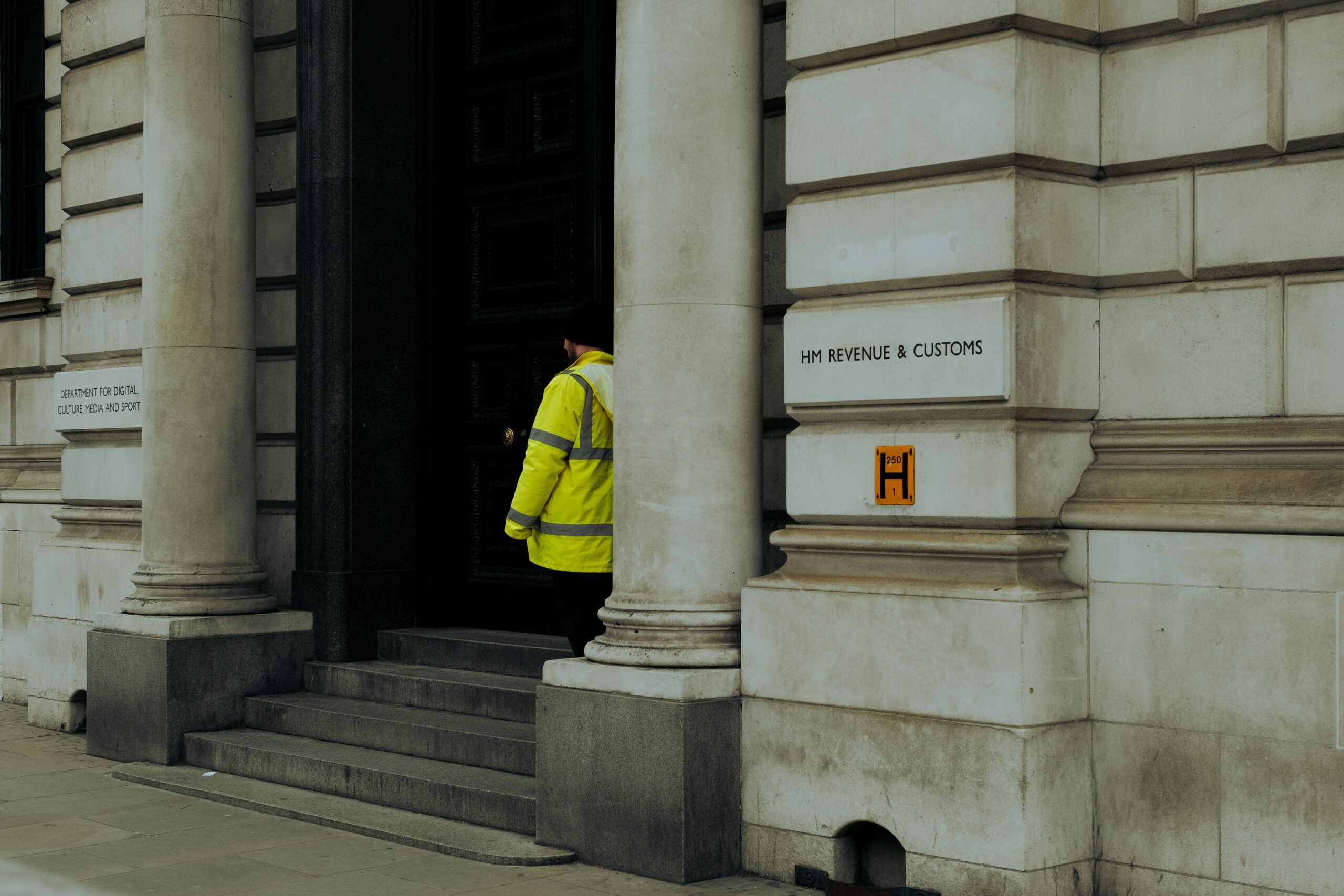HM Revenue & Customs (HMRC) has suffered a significant legal defeat in a transparency battle that could reshape how the tax authority handles research and development (R&D) tax credit assessments.
A first-tier tribunal has ordered HMRC to reveal whether it used artificial intelligence (AI) when making crucial decisions about R&D tax credit rejections.
The legal challenge summarised
Tax expert Tom Elsbury initiated this groundbreaking case in December 2023, filing a Freedom of Information request after he and several other tax advisers identified patterns suggesting AI involvement in R&D tax credit processing. Their suspicions were based on distinctive language and patterns in HMRC’s rejection letters that appeared inconsistent with human-drafted correspondence.
HMRC initially refused the request, claiming that disclosure would assist fraudulent claimants attempting to game the system. The Information Commissioner’s Office (ICO) supported this position, but the first-tier tribunal has now overturned both decisions in a judgment that prioritises public transparency over administrative convenience.
Tribunal’s “compelling” findings
Judge Alexandra Marks delivered a damning assessment, describing Elsbury’s self-represented arguments as “compelling.” The tribunal concluded that “the balance of the public interest lies in disclosing the information requested” and established a September 18 deadline for compliance.
Crucially, the court agreed with Elsbury’s assertion that “HMRC’s failure either to confirm or deny it holds the requested information reinforces the belief based on indicators in HMRC correspondence dealing with R&D claims that AI is being used by HMRC officers – perhaps in an unauthorised manner – thus undermining taxpayers’ trust and confidence in HMRC’s treatment of claims.”
Broader implications for tax administration
This case emerges against a backdrop of heightened scrutiny around R&D tax credits, where HMRC has intensified enforcement efforts following discoveries of widespread fraud and error. However, professional bodies and tax experts have increasingly warned that this crackdown has gone too far, resulting in legitimate businesses being wrongfully rejected and others abandoning valid claims entirely.
Elsbury, who founded R&D tax relief software platform Novel, argues the public deserves transparency about AI involvement in tax enquiries. Beyond simple disclosure, he emphasises the need for clarity around safeguards and whether penalties have been imposed based on AI-informed decisions.
National security concerns
Perhaps most alarming are the potential security implications. Elsbury highlighted specific risks if HMRC officers used public large language models like ChatGPT to assess R&D claims, particularly regarding commercially sensitive information being inadvertently placed in the public domain when businesses expected confidentiality.
“R&D tax relief affects a variety of different industries, including those related to defence and the military, and may involve details around innovative defensive or offensive weapons systems developed within the UK on behalf of the Ministry of Defence,” Elsbury warned. “This has the possibility of causing catastrophic consequences.”
What’s next?
While the ICO has confirmed it will not appeal the decision, HMRC remains tight-lipped, stating only that it is “carefully reviewing the decision and considering next steps.” With the September 18 deadline, the tax authority’s response will likely set important precedents for AI transparency across government departments.

